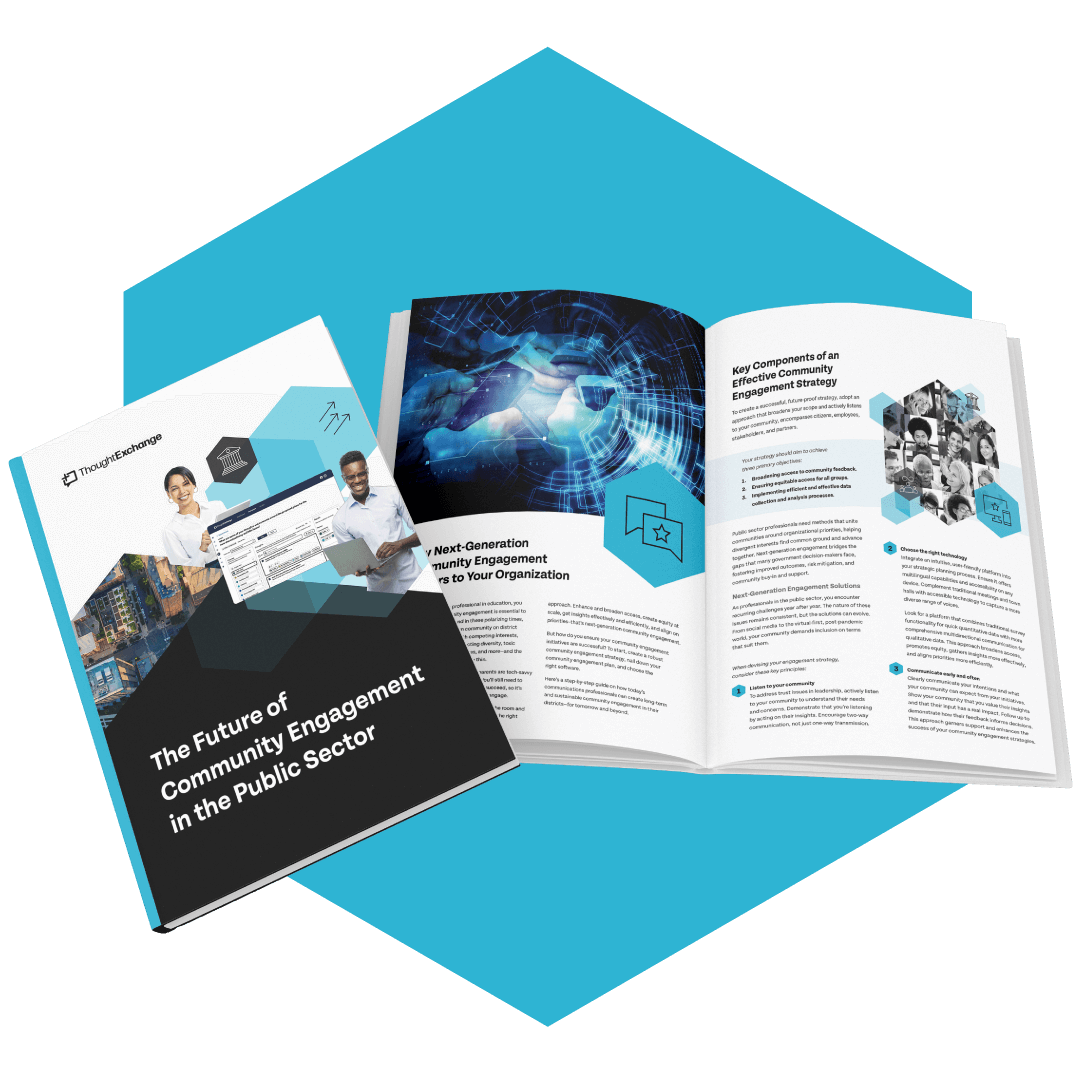Inform Your Public Engagement Strategies with the Insights that Matter Most











How to Create an Effective Public Engagement Strategy for Your Organization
In the world of public administration, few tasks are as important as engaging with your community.
A well-crafted public engagement strategy can be the key to addressing and resolving the most pressing issues faced by your organization or jurisdiction. However, public engagement isn't just about disseminating information—it's about creating a dialogue to hear voices, share ideas, and collaboratively develop solutions.
Whether you're tackling a major policy shift or a small internal project, the effectiveness of your engagement strategy can significantly influence both the result and the well-being of everyone involved.
In this article, we’ll explore the value of a solid public engagement strategy and provide tips for building a successful one for your organization.
In this Article
What is a public engagement strategy?
A good public engagement strategy brings citizens, community service organizations, businesses, and government bodies together to solve problems that affect people’s lives.
When done correctly, public engagement is an inclusive way to deal with the complex problems that affect people and communities. After all, if everyone in a community is affected by a problem, shouldn’t everyone have an opportunity to play a part in finding solutions to that problem?
The Government of Canada has a transparent public engagement process that provides a good framework for provincial and municipal governments (in Canada) or state and local governments (in the US) to adopt. It describes five steps involved in public engagement, including key questions and considerations—as well as best practices—when conducting public engagement activities.
Source: Government of Canada
What are the benefits of a public engagement strategy?
Implementing a public engagement strategy offers numerous benefits.Increased community ownership and buy-in
Public engagement fosters a sense of ownership and commitment among community members, leading to more sustainable and accepted solutions. Engaging community partners such as parents, non-profit organizations, and citizens interested in public sector operations can bring people together, spark innovation, and strengthen support for your initiatives.Enhanced community trust
Public engagement also demonstrates your commitment to transparency and accountability. It fosters trust among your constituents, as they see that their voices are heard and valued.More effective decision-making
When you engage with your community, you gain access to a wealth of knowledge and diverse perspectives. This information can help you make more informed decisions that align with the needs and desires of your constituents.Improved policy and program development
Public engagement can uncover innovative ideas and solutions you might not have considered otherwise. It can lead to more effective policies and programs that address the root causes of community issues.Large Municipality Connects with its Community
For a large U.S. municipality, town halls were historically a complicated and costly endeavor, involving numerous staff members transcribing and collating questions sent in by citizens through the city’s various social-media channels—Facebook, YouTube, WeChat, Instagram—and then printing them off for the facilitator or the mayor.
Using ThoughtExchange, the team better understood citizens’ concerns and focused on what was most critical. They estimate that ThoughtExchange saved the city tens of thousands of dollars on town halls alone—resources the city could reallocate to critical initiatives and projects.
Roadblocks to building an effective public engagement strategy
Every community comprises diverse perspectives, and successful engagement often requires overcoming language, cultural, and accessibility barriers. This can be difficult to achieve with traditional public data-gathering methods like surveys and town hall meetings.
There's also the challenge of ensuring that engagement efforts are genuine rather than merely tokenistic. This requires a commitment to integrating feedback into decision-making processes and providing transparency around both the engagement efforts and the decision-making criteria.
Finally, measuring the impact of engagement activities can be complex. How can you be certain that you’ve captured diverse perspectives and communicated effectively without the right tools and processes in place?
Let’s explore some of the ways to overcome these challenges.
Creating a successful public engagement strategy
Communicate clearly
Clearly articulate what you hope to achieve with your public engagement efforts and let your community know what to expect. Then, follow up to show how you will use their insights. This will keep them invested in your engagement strategy’s outcomes—making for supported, successful programs, policies, and initiatives.Be inclusive
Ensure your engagement strategy is inclusive, providing equal opportunities for all community members to participate. This may involve language translation, accessibility accommodations, and targeted outreach to underrepresented groups in your community.
ThoughtExchange makes inclusivity easy—it can engage thousands of participants simultaneously, ensuring broad and diverse participation. The best part is that participation in engagement activities can happen anytime, on any device, and in over 100 languages, breaking down barriers and inviting input from all community segments.
Provide multiple engagement opportunities
Using an accessible tech solution in addition to meetings and town halls allows you to capture more voices from your community. With ThoughtExchange, you can use a variety of engagement tools, including:
- Quantitative and qualitative surveys for ad hoc, strategic, and complex participant feedback
- Exchange conversations that have a quantitative lens for participant-prioritized ideas and data
- Interviews, or AI-powered 1:1 interactions, that scale to include any size group for in-depth participant insights
Understand what the engagement data is telling you
Huge volumes of public engagement data can be overwhelming without the right analytics tools to do the work for you.
ThoughtExchange synthesizes complex data into actionable insights, enabling you to understand the nuances of public feedback and make informed decisions that reflect the collective intelligence of your stakeholders.
Evaluate your engagement program and optimize for continuous improvement
Be prepared to adapt your public engagement approach based on what you learn. This ensures that your strategy remains relevant and effective over time. ThoughtExchange provides insights into your progress with year-over-year comparison tools for surveys and Exchanges.



